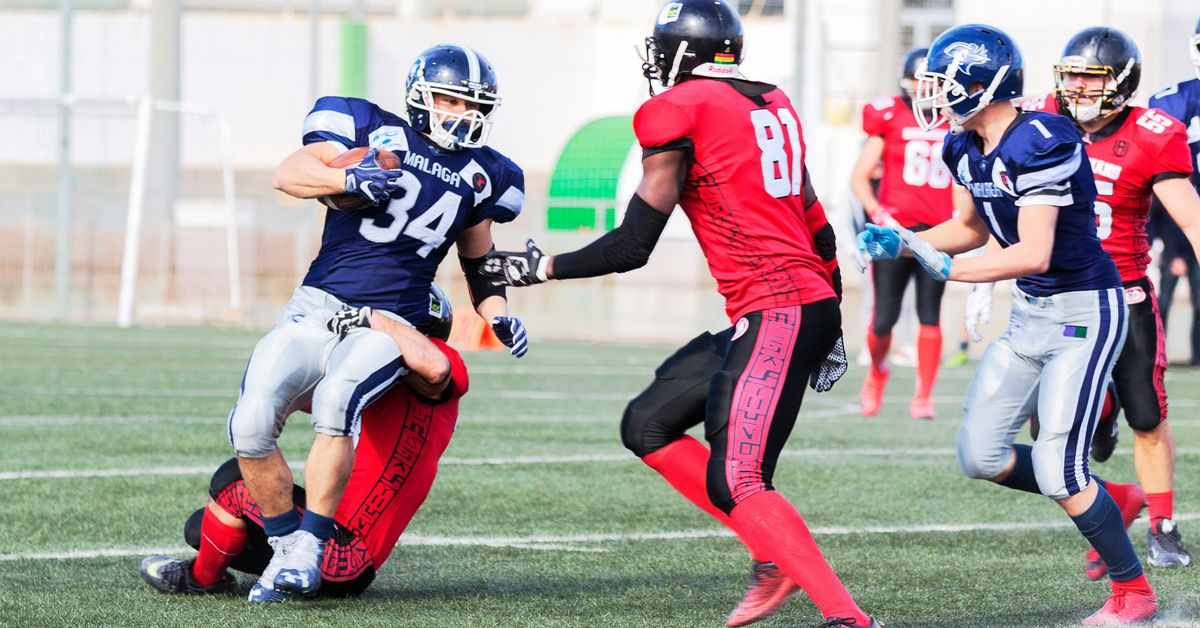
Community Impact of Youth Sports Development
Introduction
Youth sports development plays a crucial role in shaping communities worldwide. Beyond physical fitness and skill development, these programs significantly impact social, emotional, and economic aspects of localities. This article explores how youth sports contribute to community development and highlights their broader implications.
Social Benefits
- Teamwork and Collaboration: Youth sports foster teamwork and collaboration among participants, teaching them to work towards a common goal.
- Leadership Skills: Through captaincy roles and mentoring younger players, youth learn essential leadership qualities.
- Community Cohesion: Sports events bring families and neighbors together, strengthening community bonds and fostering a sense of belonging.
Economic Impact
Youth sports can also have a significant economic impact on communities:
- Tourism and Revenue: Tournaments and competitions attract visitors, boosting local businesses such as hotels, restaurants, and shops.
- Infrastructure Development: Investment in sports facilities not only benefits athletes but also enhances community infrastructure, making the area more attractive for residents and businesses.
Health and Well-being
Physical activity through youth sports promotes:
- Healthy Lifestyles: Encouraging regular exercise from a young age reduces the risk of obesity and related health issues.
- Mental Health: Sports participation has been linked to improved mental well-being, including reduced stress and anxiety levels.
Educational Outcomes
Academic performance can improve due to:
- Time Management: Balancing sports and academics teaches time management skills and discipline.
- Scholarship Opportunities: Exceptional athletes often receive scholarships, easing financial burdens on families and encouraging higher education.
Case Studies and Examples
Several communities have experienced transformative effects from youth sports:
- Williamsport, Pennsylvania: Home of the Little League World Series, the city annually hosts international teams, boosting tourism and community spirit.
- Harlem RBI, New York City: Using baseball and softball, this program combines sports with academic enrichment, leading to higher graduation rates and college attendance among participants.
Conclusion
Youth sports development goes beyond physical exercise; it enriches communities socially, economically, and educationally. By investing in youth sports, communities foster healthier, more cohesive environments where young people can thrive and contribute positively to society.



